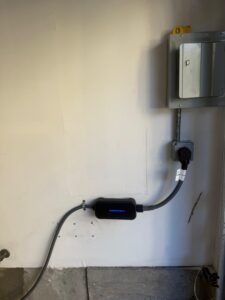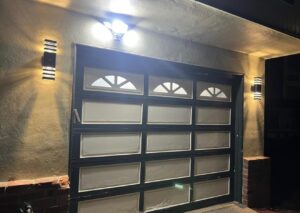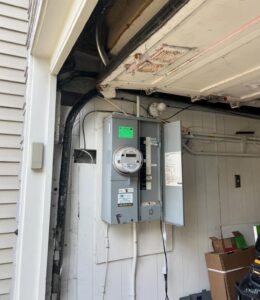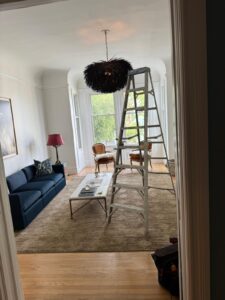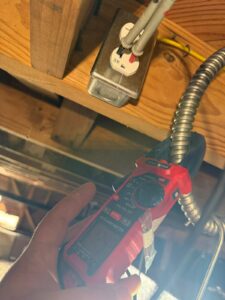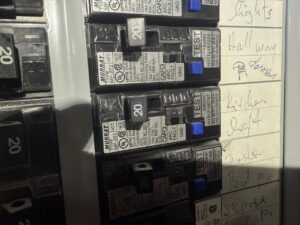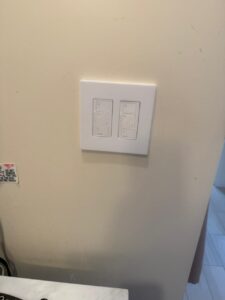Appliance Installation — Safe Power for Kitchens & Laundry
Modern appliances make life easier — but only if the wiring behind them can handle the load. From electric stoves and ovens to laundry machines and dishwashers, I install appliances with dedicated circuits and safe wiring so you don’t have to worry about tripped breakers or overheating outlets.
Why It Matters
In Pacifica and nearby Bay Area homes, I often see appliances running on shared 15A circuits that were never designed for today’s demands. Add moisture from coastal fog, and connections wear down even faster. That’s why proper installation with the right outlets, breakers, and grounding is key.
Appliances I Commonly Install
- Kitchen: electric stoves, ovens, microwaves, refrigerators, dishwashers, garbage disposals.
- Laundry: washing machines, dryers (240V), stacked units.
- Garage & Outdoors: freezers, EV-related appliances, outdoor kitchens.
- Upgrades: smart appliances, induction cooktops, high-efficiency laundry machines.
Common Issues I See
- Shared circuits (microwave + toaster + coffee maker on one 15A line).
- Old two-prong outlets with no ground — unsafe for modern appliances.
- Cloth or aluminum wiring in older kitchens and laundry rooms.
- Improper dryer outlets (3-prong vs 4-prong mismatch).
- Outdoor appliances failing due to salt air and fog corrosion.
What I Do (Step by Step)
- Check panel capacity and run new breakers if needed.
- Install dedicated 20A/30A/50A circuits depending on the appliance.
- Upgrade outlets to GFCI in kitchens, baths, garages, and outdoors.
- Correct wiring mismatches (3-prong vs 4-prong dryers, 240V stoves).
- Seal and protect outdoor appliance circuits from fog and corrosion.
- Label circuits clearly in the panel for easy future service.
Pacifica & Coastal Details
With foggy mornings and salty air, outdoor appliances (like freezers or outdoor kitchens) need weatherproof outlets, conduit, and GFCI protection. In older Fairmont or Vallemar homes, I often upgrade wiring from aluminum to copper before installing heavy-load appliances.
FAQ
Do I need a dedicated circuit for every appliance?
Not every single one — but large appliances like ovens, dryers, and microwaves should have their own circuits to prevent overloads.
Can I plug a new appliance into my old outlet?
Sometimes, but often no. Many older outlets aren’t grounded or rated for the amps needed. I’ll check and upgrade if required.
What’s the difference between 3-prong and 4-prong dryer outlets?
4-prong adds a separate ground wire for safety. If your dryer or house wiring doesn’t match, I adapt safely with the right outlet and wiring.

